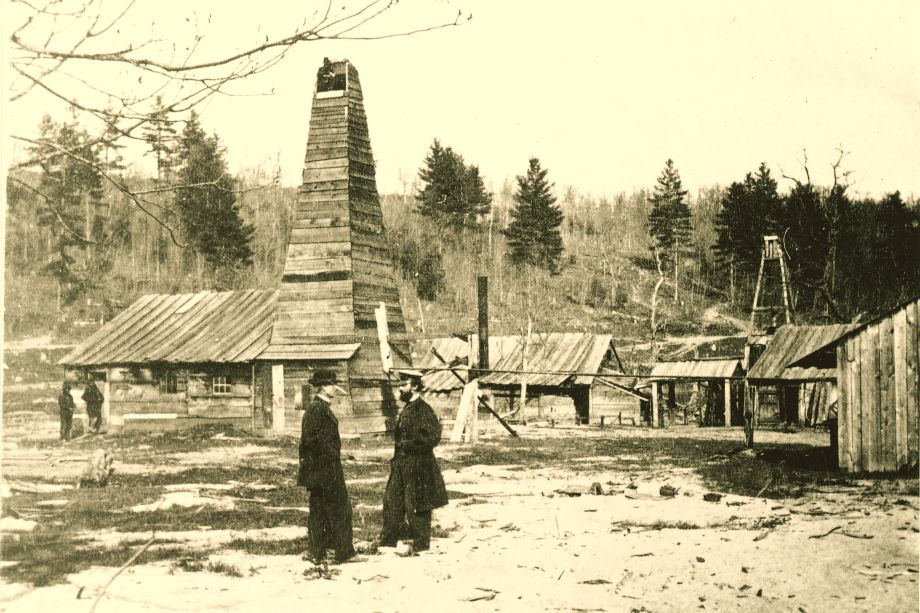Student-Designed Rescue Robots Face Off at IMECE 2015
Student-Designed Rescue Robots Face Off at IMECE 2015

Seventeen international teams of young engineer-innovators gathered in Houston on Nov. 15 to compete for top honors at the ASME 2015 Student Design Competition (SDC). The SDC, an annual contest of ingenuity and skill for undergraduate engineering students, is known around the world as a showcase for today’s young engineering talent.
Regional SDC champion teams from universities in Pakistan, Poland and everywhere in between gathered for the final round of the 2015 competition, ready to test their mettle against the other contestants and against the clock. With traveling funds provided by ASME, each team journeyed to Houston to showcase the performance of their innovative prototype devices.
Ivan Herrera, of Mexico’s Instituto Tecnologico de la Laguna team, offered a single perfected English phrase to tell reporters his team’s plan for Houston: “We came to win!” Herrera said, grinning.
As it does yearly, ASME’s 2015 SDC committee devised a fresh challenge for the students to address. This year’s task, entitled “Robots for Relief,” required entrants to design and build a scaled-down transport robot vehicle. Each had to race over trap-laden terrain, steep drops and climbs with sand and water hazards to deliver a payload. The contest was designed to replicate the challenges a rescue vehicle would have handle in a real-life emergency scenario such as a flood or earthquake. Each entry’s payload of “foodstuff” had to make the trip safely and be delivered in good condition: damage or contamination would negate your score.

The day kicked off as the teams gathered in a large ballroom of the Hilton Americas for the inspection and peer-review morning portions of the challenge. Each team displayed its handiwork for the other teams and for the judges, attending to last-minute fixes and inspecting each robotic vehicle.
Michael Sebok, uniformed like his three teammates in a black College of New Jersey polo shirt, described his team’s robot for an onlooker: “What we have here are two treads, two lifting arms that we cut from aluminum, and then a 3D-printed hopper. It’s got one motor in back to drive the lifting, and two motors in front to drive the treads. It can climb that 20cm step over there (pointing toward the course). We’ve been working this for a year and a half now.We already won the competition up at Temple … and now we're ready for the final competition.”
SDC Chairman Kevin Schmaltz, a professor of mechanical engineering at Western Kentucky University, spoke proudly of the competitors. “These students all have a very deep understanding,” he said. “They know when things have been done well, (while) a general audience might see a robot and think, ‘Well, that was kind of clever.’ The people in this audience really know when good work has been done.”

Each team came come to compete, yet the atmosphere was thoroughly one of friendly collegiality. “Usually there’s (a) moment during the competition when a device in some way performs that elicits spontaneous applause from the crowd,” Schmaltz said.
By noon the pre-contest judging portion of the day was done, and the teams lined up to put their robots through the timed course. One by one, they set their vehicles at the starting line. Over and over, teams cheered and groaned, high-fived or scowled at the end of a three-minute course that capped – or dashed – their full year’s engineering effort.
After all 17 teams had taken their turn, both the overall champion as well as third-place winner were teams from North Carolina State University. The second-place prize was won by the team from McNeese University of Lake Charles, La.

“This is so great!” said McNeese senior Ben Pearce of their runner-up success. “Competing in the SDC was assigned to us for our senior design project. We’ve been working on this project for over a year now — this really caps a lot of work for us. I’ve already found a job, but these guys are all about to start the hunt. This victory will really help.”
“We definitely didn’t think we were going to win, considering last night,” said Michael Suguitan, the team leader and pilot for the victorious North Carolina State WolfTank. Suguitan graduated last spring and is currently interning with NASA in Huntsville, Ala. “One of our servos had burned out unexpectedly, so we had to modify it into a continuous rotation servo. We ripped out all it guts, replaced the board with an electronic speed controller, and ran it just like a continuous rotation motor. And it worked!”
SDC Chair Schmaltz summed up the unique value of the experience for participants this way: “This ASME competition is a valuable part of the engineering process. Different from a final senior project or graduate level research, this contest allows undergraduate engineers to learn how to solve problems, how to design, how to build, how to test to see whether their devices work. That can be done at school, but this is a unique opportunity to go through that process and to bring your work before groups of other students from other schools and see how well you do. To see other ideas that maybe you thought of and discarded, or never thought of … sharing those ideas, and creating a community of engineers that goes beyond your school, beyond your state, beyond even your country — it's such a good thing. And so many international teams show up too. It’s just a tremendous opportunity.”
Joshua Olesker, Public Information



